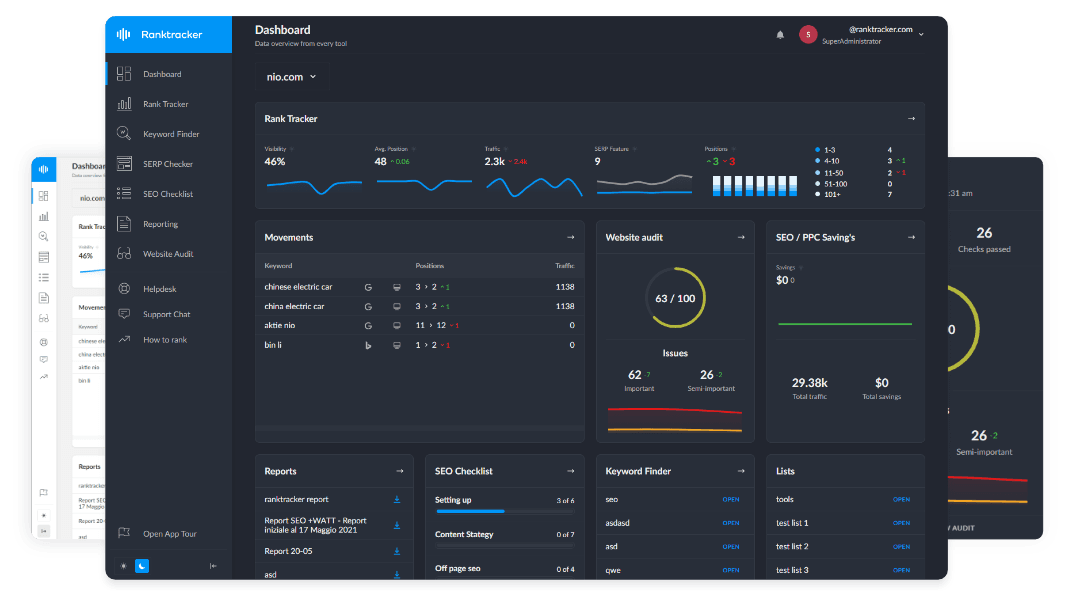Intro
Word adjacency refers to the placement and order of words in a search query or within website content. Search engines analyze how closely words appear together to determine relevance and intent, impacting rankings and keyword optimization strategies.
Why Word Adjacency Matters for SEO:
- Influences keyword relevance and phrase matching in search results.
- Helps search engines understand natural language queries more accurately.
- Impacts ranking by differentiating between exact phrase matches and loosely related keywords.
How Search Engines Use Word Adjacency
1. Exact Phrase Matching vs. Partial Matching
- Google prioritizes exact phrase matches if adjacency is critical to meaning.
- Example:
- Query: "best digital marketing tools"
- "Best digital marketing tools" ranks higher than "best tools for digital marketing" due to adjacency.
2. Word Order Impact on Search Intent
- Changing word order can alter search intent and rankings.
- Example:
- "Buy SEO software online" vs. "SEO software buy online" → The first phrase aligns better with user intent.
3. Adjacency in Long-Tail Keywords
- Search engines analyze word spacing to determine search intent for long-tail queries.
- Example:
- "Affordable link building services" vs. "link building services that are affordable" → Google may prefer one over the other based on adjacency.
4. Anchor Text & Link Optimization
- Word adjacency in anchor text affects link relevance.
- Example:
- "Best SEO tools" as anchor text is stronger than "tools that help with SEO."
5. Natural Language Processing (NLP) & Semantic Search
- Google’s NLP algorithms assess adjacency and word relationships.
- Example:
- "Artificial intelligence trends 2024" should maintain this sequence to rank effectively.
How to Optimize for Word Adjacency in SEO
✅ 1. Optimize for Exact Match & Close Variants
- Ensure keywords appear in the intended sequence for better ranking.
- Example:
- Instead of "Marketing automation AI-powered," use "AI-powered marketing automation."
✅ 2. Maintain Logical Word Order in Headlines & Content
- Write naturally structured keyword-rich sentences.
- Example:
- "Best keyword research tools" instead of "Keyword research best tools."
✅ 3. Use Word Adjacency in Internal & External Linking
- Maintain keyword proximity in anchor text and link placement.
- Example:
- Use "Top-rated SEO software" instead of "software for SEO that's top-rated."
✅ 4. Optimize for NLP & Voice Search
- Structure content for conversational search queries where adjacency matters.
- Example:
- "How to rank on Google fast" ranks better than "Rank on Google how fast."
✅ 5. Monitor Query Variations & Adjust Content Accordingly
- Use Google Search Console and keyword tools to track ranking shifts.
- Example:
- If "SEO keyword strategy" ranks better than "keyword strategy for SEO," adjust content accordingly.
Tools to Optimize for Word Adjacency in SEO
- Google Search Console – Track query variations and ranking impacts.
- Ranktracker’s SERP Checker – Monitor word placement effects on search rankings.
- Ahrefs & SEMrush – Analyze exact match vs. partial match keyword trends.
Conclusion: Leveraging Word Adjacency for SEO Success
Word adjacency plays a crucial role in search relevance, ranking intent, and phrase matching. By optimizing for logical keyword placement, exact phrase sequences, and NLP-friendly content, websites can improve visibility and rankings in search engines.

